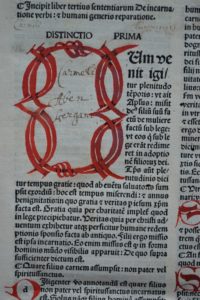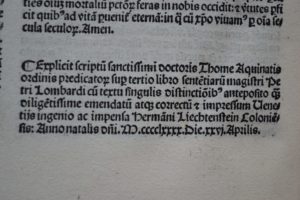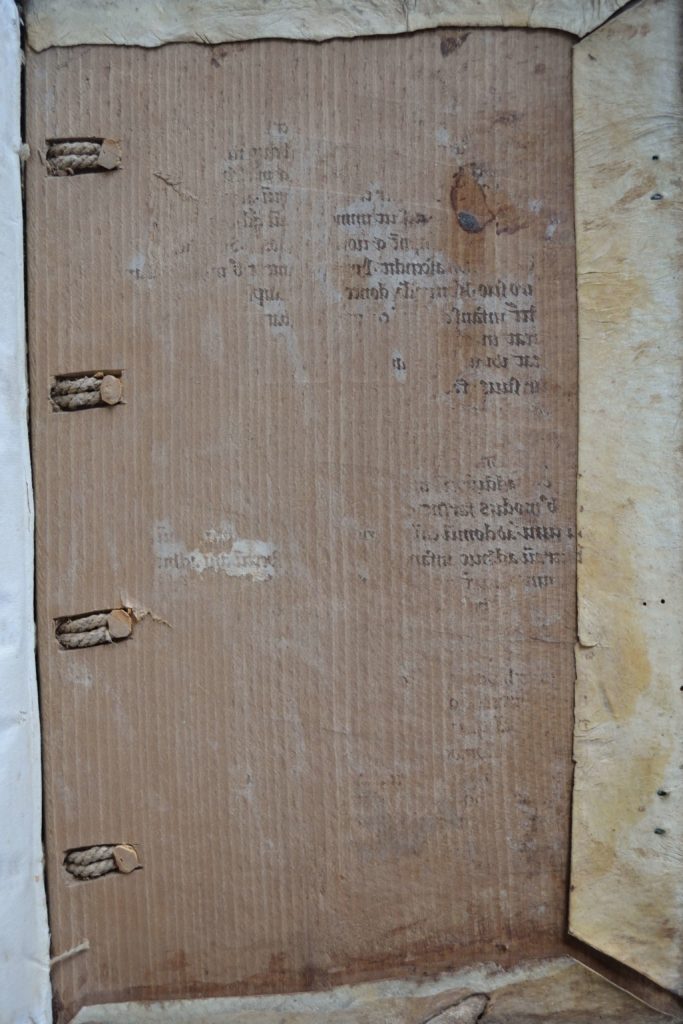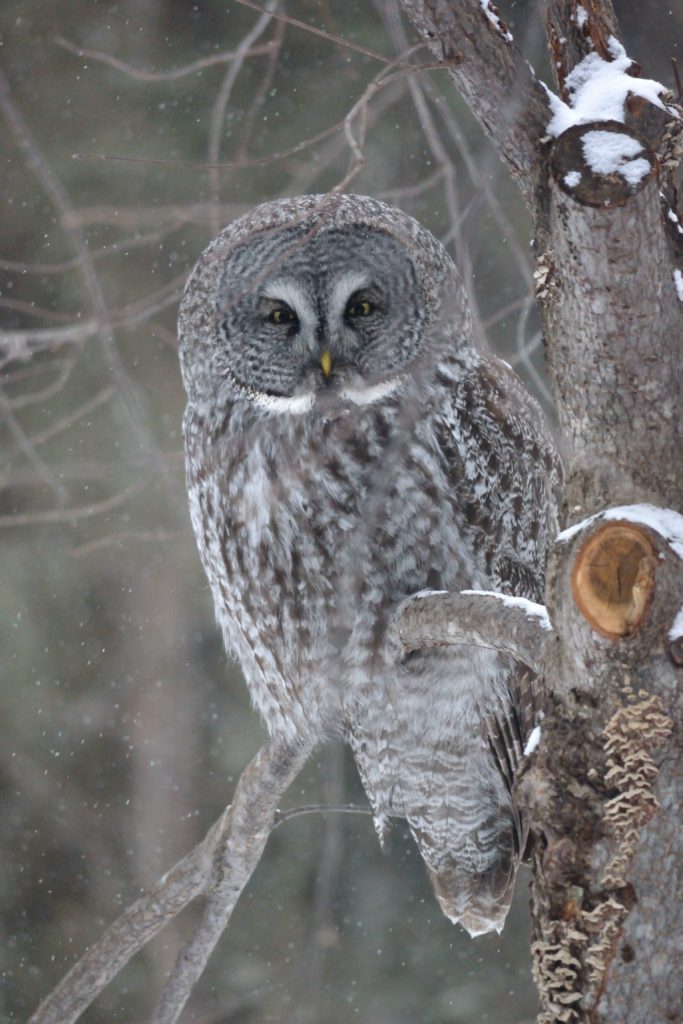Earlier this winter I obtained an interesting book from an auction in Europe, a theological work by Thomas Aquinas that was printed 530 years ago this month (1490).

The volume itself is wonderful, with an uncommon style of rubrication and in contemporary binding of pigskin over wooden boards. It was printed by Hermann Liechtenstein in Venice, and was once in the Carmelite monastery at Abensberg, Germany.
Historically, it was common for binders to recycle older works and re-use them in their binding. Old vellum manuscript fragments are commonly recovered from bindings, and there is a market for these among scholars and collectors. In this volume, the pastedown endleaves had been removed at some point in the past, and on the inside rear cover the manuscript that had been removed had left an inked offset. I’d meant to figure out what had been removed but hadn’t gotten around to it yet. But then yesterday medieval manuscript expert Lisa Fagin Davis posted a great detective story about a similar phenomenon (hers is much more interesting).

This post inspired me to finally do my own homework, although I did not expect a very noteworthy result. As the accompanying image shows, I did not have a lot of text to go on, but once I had reversed images of the places where the text is concentrated I was quickly able to pull out a few words. With these and The Google I found that this ghost manuscript leaf was from a Latin vulgate bible, no surprise given how commonly these were produced. Using Latin Bookhands of the Later Middle Ages, 1100-1500 (S. Harrison Thompson, 1969, Cambridge University Press), it looks like a 12th-13th century leaf, probably from Germany, was recycled in the binding and then later removed from this book.

In other news, our distancing coaches have been by this past week. Gertrude the Moose and the Great Gray Owl have both stopped by. Gertrude is not good at distancing, once again coming right up to the bird feeder at the window. The owl hunted along the side of the house for awhile and made an unsuccessful dive. Later it returned and sat in Bird Tree getting snowed on.


Great photos – the owl is beautiful and I was curious as to what the print in the book might look like.
I might have to hunt around for a better leaf image, but here is what I came up with in a quick search:
https://www.forumauctions.co.uk/55487/Bible-Latin-Leaf-from-a-large-Latin-Bible-decorated-manuscript-on-parchment-in-Latin-Germany-mid-12th-century?auction_date=&auction_no=1043&catId=&excl_keyword=&first_name=&gridtype=&high_estimate=&ipp=10&keyword=&last_name=&low_estimate=&name=&page_no=13&search_type=&sort_by=lot_no&title=&view=lot_detail&utm_source=barnebys&utm_medium=referral&utm_campaign=barnebys&utm_content=2019-05-30